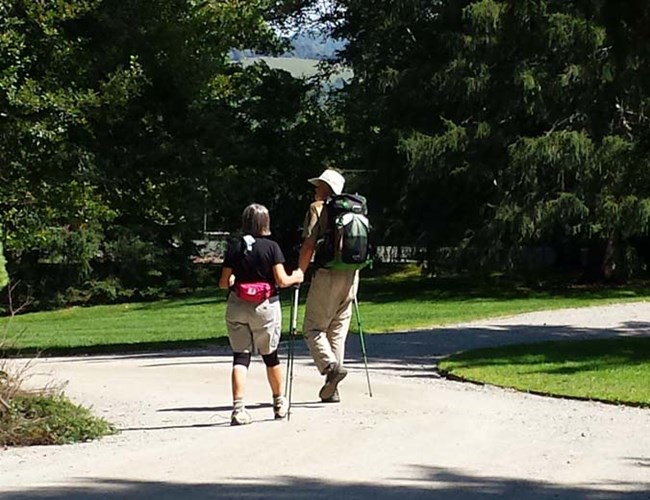
HikingGeneral Hiking InformationIn the park boundaries there are over 20 miles of trails (download a list of hikes) available for visitors to explore. The trails crisscross the property through peaceful forests, to spectacular overlooks and historic scenery. The trails can be accessed from the park entrance on Vt. 12 or from the parking lot on Prosper Road. Trail maps are available online or at the visitor center. No bicycles or motorized vehicles are allowed and dogs need to be kept on a leash. Trail systems on public lands that border the National Park connect to form a trail network of over 30 miles that joins two mountains and the village of Woodstock. Learn more about the Walk Woodstock trail system and the Woodstock Trails Parntership. Climate
Safety
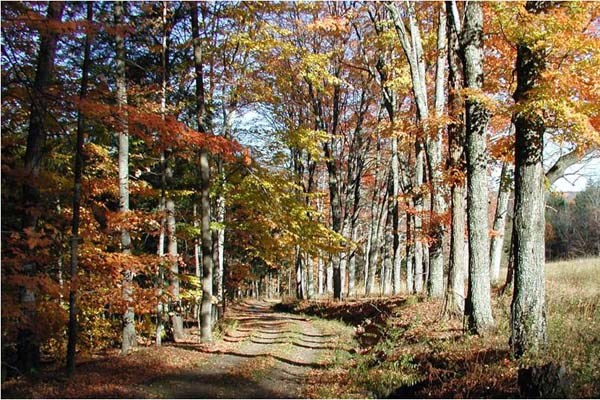
Carriage RoadsBetween 1880 and 1895 Frederick Billings oversaw the construction of 10 miles of carriage roads to access the pastures and young woodlots on the property. Carriage rides, in pursuit of scenic views, were a popular pastime in the nineteenth-century. Hikers can enjoy the diverse and picturesque landscape on the carriage roads or the more narrow hiking paths. Traversing the property on the carriage roads one can experience many scenic views, from shady groves of Norway spruce to brilliant green meadows and sunny open woodlands composed of mixed hardwoods. Frederick Billings learned from George Perkins Marsh's book Man and Nature to be a practitioner of forest restoration and planted thousands of seedlings all over the barren hills of the property. The carriage roads were open to the public to provide a way to showcase his model farm and forestry operation. While hiking on the carriage roads one can experience Vermont's first tree farm, one of the oldest professionally managed forests in North America. 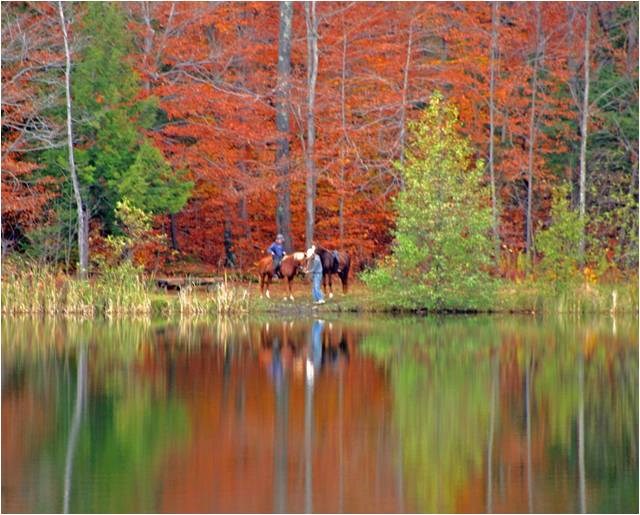
Horseback RidingThe trails are open for equestrian use. Most trails are suitable for horseback riding, but please avoid taking your horse on the Precipice Trail and North Peak Trail. Horse trailers can be parked at the Prosper parking lot or Billings Farm and Museum overflow lot. If your are bringing a carriage, please make sure to call ahead to make arrangements: 802-457-3368 x222. 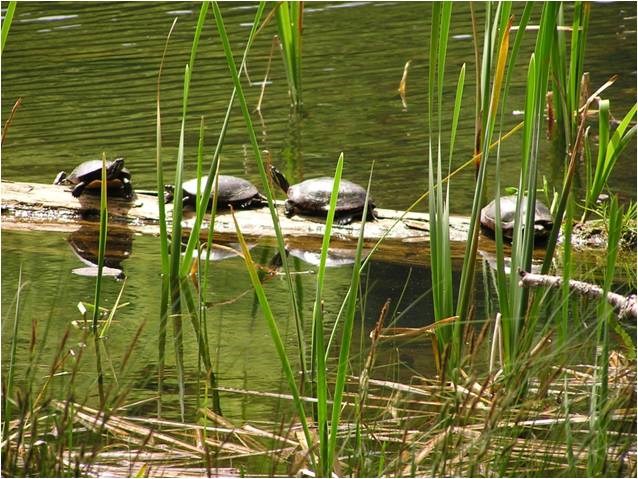
Wildlife ViewingWith 20 miles of trails winding their way through 550 acres, Marsh-Billings-Rockefeller NHP offers visitors the chance to experiences the unique wildlife of Vermont. White-tail deer, wood ducks, barred owls, fishers, and painted turtles are just a few of the species that call the park home. Whether you are on the hiking trails or on the mansion porch, the opportunities to see, and hear wildlife are limitless. Remember to always give animals their space and never try to touch or feed them.
Favorite Scenic Destinations in the park
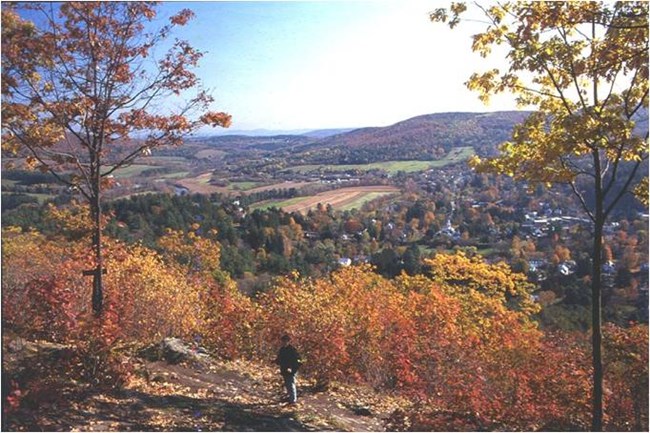
B Slaiby 

|
Last updated: May 19, 2023
